The Future of Food Safety How Tray Sealer Packaging Machines Are Revolutionizing the Industry
As the food industry continues to evolve, ensuring food safety remains a paramount concern for manufacturers and consumers alike. The integration of advanced technologies is pivotal in this endeavor, with innovations like the tray sealer packaging machine leading the charge. According to a report by MarketsandMarkets, the global food packaging market is projected to reach USD 500 billion by 2028, driven by an increasing demand for convenience and safe food products. Tray sealing technology not only enhances shelf life and reduces food waste but also significantly minimizes the risk of contamination, aligning with stringent food safety regulations. By adopting these cutting-edge machines, food producers are not only enhancing their operational efficiency but also safeguarding public health, thus revolutionizing the industry for a safer and more sustainable future.
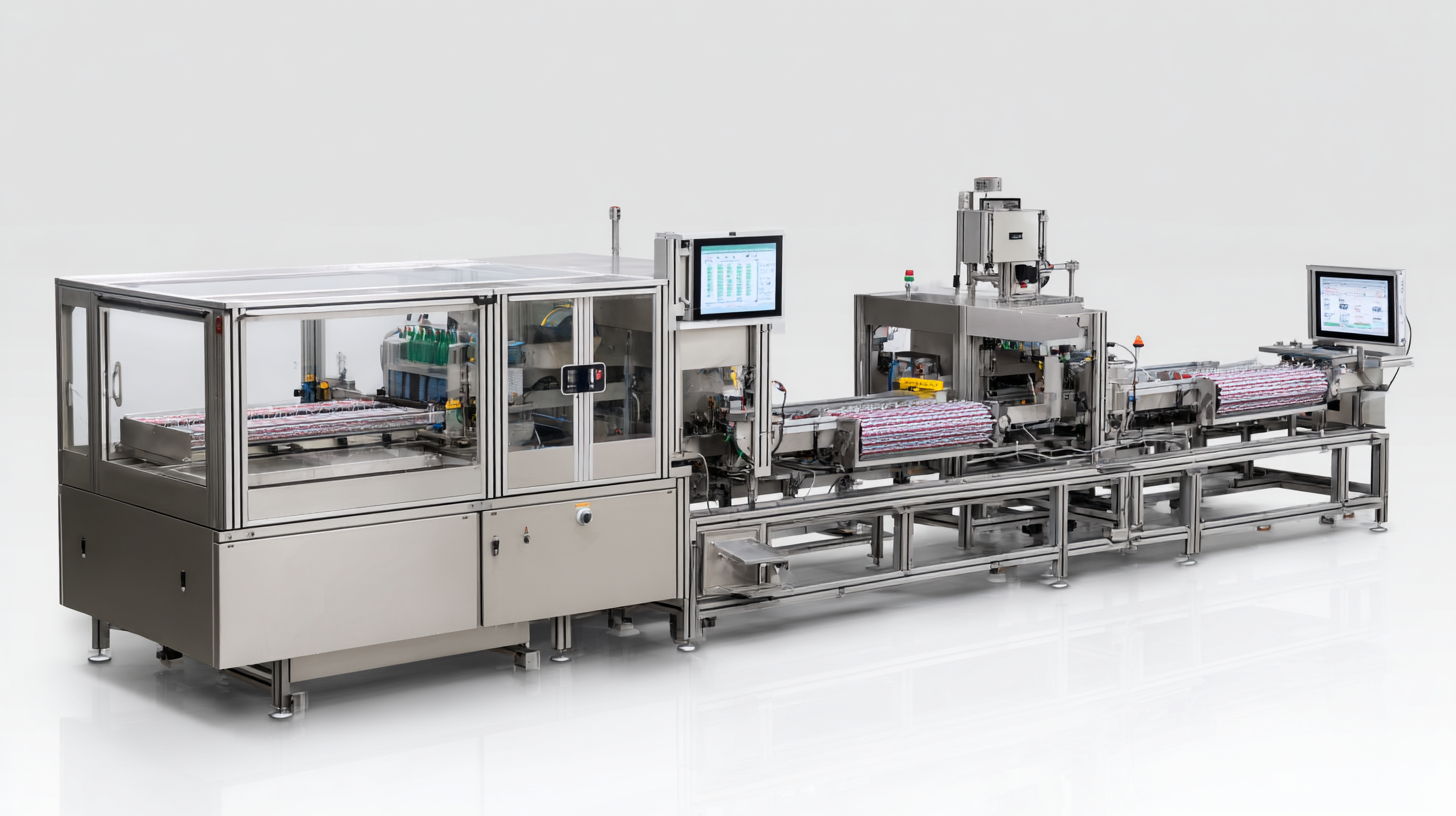
The Impact of Evolving Tray Sealer Packaging Technology on Food Safety Standards
As the food industry evolves, so do the technologies that ensure its integrity and safety. Evolving tray sealer packaging technology plays a crucial role in maintaining food safety standards. These machines create airtight seals that protect food from external contaminants and extend shelf life. This innovation not only reduces food waste but also minimizes the risk of foodborne illnesses, addressing growing consumer concerns about food safety.
Tips for Choosing the Right Tray Sealer: When selecting a tray sealer, consider the type of food products you intend to package. Different foods may require specific sealing techniques or materials to maintain freshness. Additionally, look for machines that offer flexibility in packaging sizes, which can help accommodate seasonal product variations. Regular maintenance is also essential; ensure you have a schedule in place to keep the machine operating at peak efficiency.
With ongoing advancements in tray sealer technology, food processors can expect improved monitoring systems that provide real-time feedback on seal integrity. This proactive approach not only enhances compliance with safety standards but also boosts consumer confidence in the safety of their food. By embracing these innovative solutions, the food industry can effectively address evolving safety challenges while meeting consumer demand for high-quality products.
Advancements in Tray Sealer Machines: Enhancing Shelf Life and Reducing Waste
Advancements in tray sealer machines have significantly transformed the food packaging industry, particularly in enhancing shelf life and reducing waste. These machines utilize sophisticated technology that creates an airtight seal around food products, effectively minimizing exposure to oxygen and other contaminants. This not only extends the freshness of perishable items but also preserves their nutritional value, making it easier for retailers and consumers to maintain high-quality food standards.
Furthermore, the efficiency of modern tray sealer machines contributes to waste reduction. By optimizing packaging sizes and materials, these machines ensure that food items are securely sealed with minimal excess, leading to a decrease in both spoilage and packaging waste. As companies adopt these advanced technologies, they can improve their sustainability practices while also achieving cost savings associated with reduced food loss. The ripple effect of this innovation is profound, as it allows for a more sustainable food supply chain that benefits manufacturers, retailers, and consumers alike.
The Future of Food Safety: Tray Sealer Packaging Machines
This chart illustrates the impact of advancements in tray sealer machines on shelf life and waste reduction in the food industry. The data represents the percentage increase in shelf life and percentage decrease in food waste over the past five years.
The Role of Automation in Tray Sealing: Boosting Efficiency and Consistency in Food Safety
The food industry is witnessing a transformative shift with the integration of automation in tray sealing processes. According to a report by MarketsandMarkets, the global automated food packaging market is projected to reach $10 billion by 2025, growing at a CAGR of 4.7%. This increase highlights the growing recognition of not only efficiency but also the crucial role that consistent packaging plays in enhancing food safety. Tray sealing machines provide a reliable means to securely seal food products, minimizing the risks of contamination and spoilage, ultimately prolonging shelf life.
Automation in tray sealing not only boosts efficiency but also ensures unparalleled consistency in packaging. Advanced machines are now equipped with sophisticated sensors and real-time monitoring capabilities, which significantly reduce human error. A study published by the Food Safety and Inspection Service indicates that automation can reduce packaging errors by up to 30%, a crucial factor in setting industry standards for safety protocols. With reduced labor costs and improved operational efficiency, businesses can allocate resources to other essential areas without compromising on food safety. This shift towards automated tray sealing solutions is positioning the food industry for a safer and more efficient future.
Integrating Smart Packaging Solutions: Real-Time Monitoring for Enhanced Food Safety
The integration of smart packaging solutions is poised to transform the food safety landscape, primarily through the use of real-time monitoring technologies. This shift is critical, as the global smart packaging market is projected to reach an impressive USD 40.2 billion by 2032, growing at a compound annual growth rate (CAGR) of approximately 6.32% from an estimated USD 26.06 billion in 2025. Such growth reflects the increasing demand for enhanced food safety measures alongside consumer preferences for transparency and traceability in their food supply.
Emerging technologies like barcodes, QR codes, sensors, and RFID are at the forefront of this revolution, enabling manufacturers to implement active and intelligent packaging solutions.
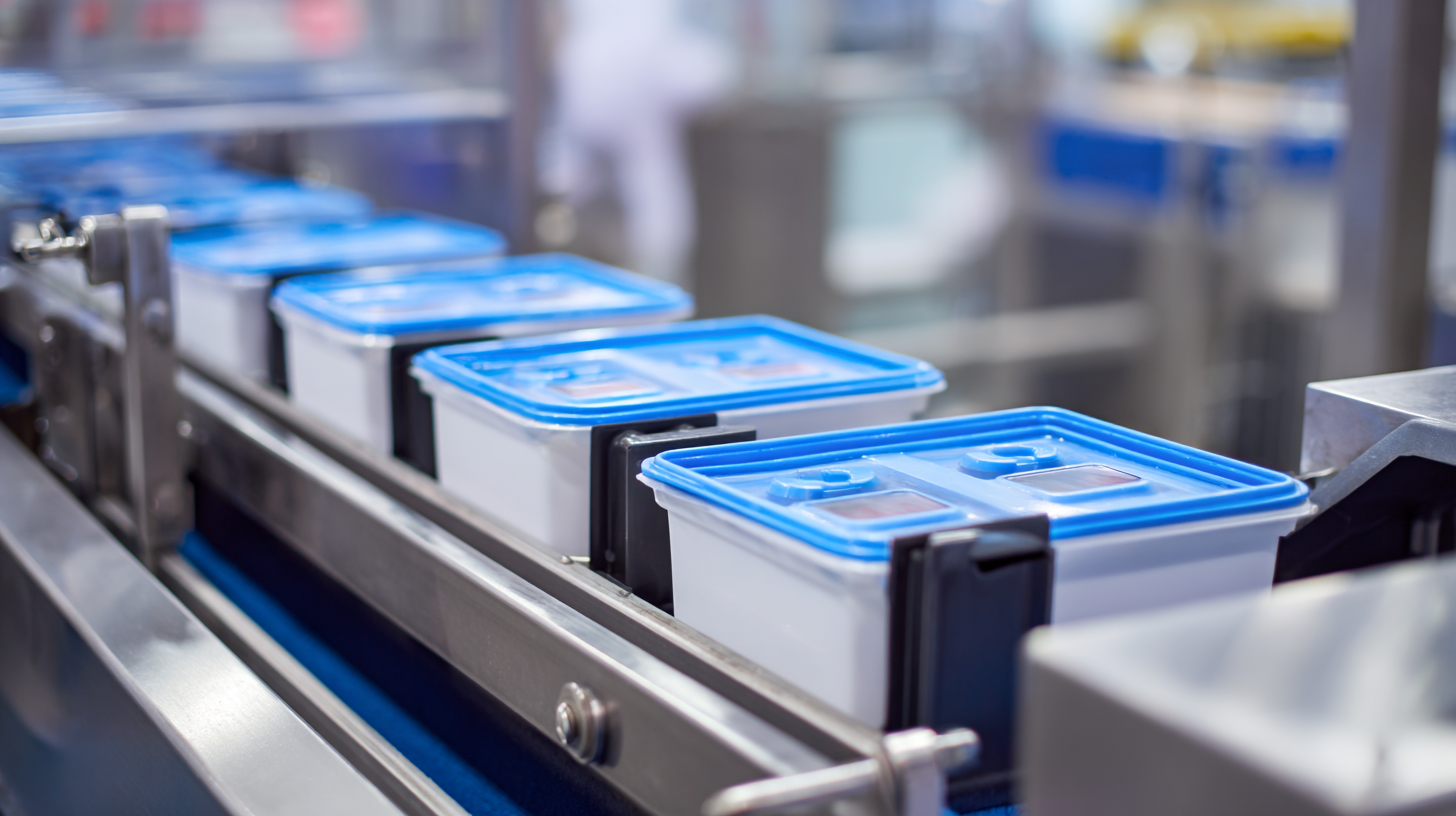
Statistics on Food Contamination Incidents: How Tray Sealers Can Mitigate Risks in the Industry
Food contamination remains a significant challenge in the food industry, with statistics revealing alarming rates of incidents each year. According to recent studies, millions of people are affected by foodborne illnesses, with costs running into billions for healthcare systems and businesses alike. The importance of effective packaging solutions has never been clearer, and tray sealer packaging machines are emerging as a pivotal technology in addressing these issues.
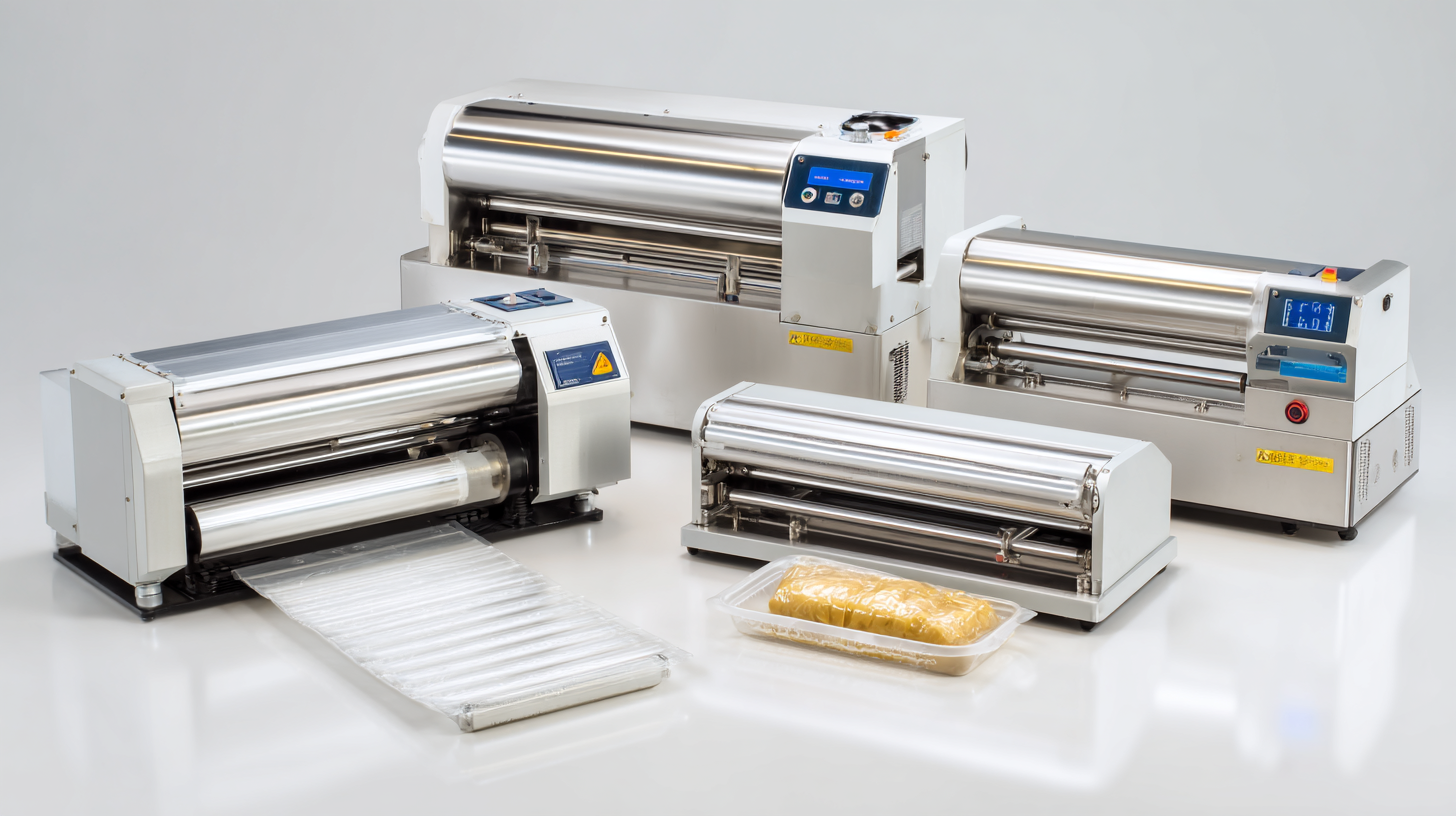
Tray sealers play a crucial role in minimizing contamination risks during food processing and distribution. By creating airtight seals, they protect food from exposure to contaminants and extend shelf life, thus reducing waste. Additionally, modern tray sealing technology often incorporates features such as vacuum sealing and modified atmosphere packaging, which further enhance food safety. With the ability to automate the sealing process, these machines not only improve efficiency but also ensure consistent quality, making them indispensable tools in the pursuit of safer food production practices.
Related Posts
-

Exploring Innovations in Automatic Tray Sealing Machines at the 138th Canton Fair 2025
-

Exploring Innovative Alternatives to the Traditional Blister Packing Machine
-
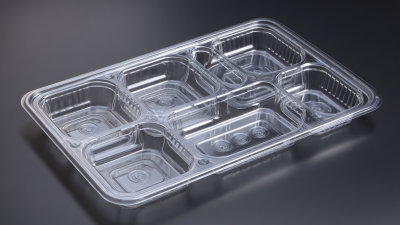
Exploring Sustainable Solutions: The Advantages of Thermoformed Packaging Trays in Modern Manufacturing
-

Ultimate Checklist for Optimizing Your Thermoforming Plastic Production Process
-

5 Essential Tips for Choosing the Best Blister Packaging Materials
-
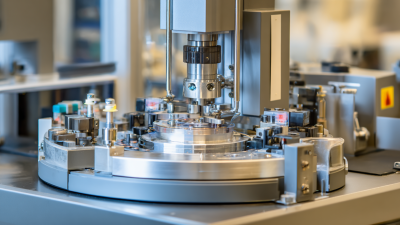
How to Select the Right Blister Packing Machine for Your Production Needs
